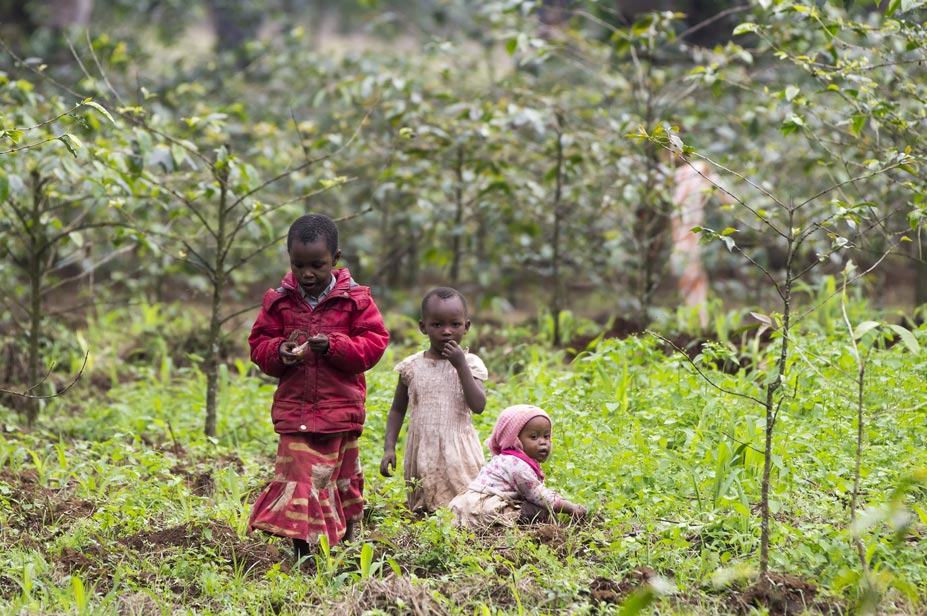The hidden suffering behind the coffee that jump-starts your mornings

in Minas Gerais – a state bigger than France – that grows more than half the beans in Brazil, the world’s top coffee exporter.in Minas Gerais – a state bigger than France – that grows more than half the beans in Brazil, the world’s top coffee exporter.in Minas Gerais – a state bigger than France – that grows more than half the beans in Brazil, the world’s top coffee exporter.
Their you can find coffee bean pickers crouched amid countless rows of lush trees, including children aged 13 – all undocumented, underpaid and lacking safety equipment as required by law.
The laborers knew they were being exploited but felt they had no choice in a country of rising poverty and scarce jobs.
A Thomson Reuters Foundation investigation over six months uncovered extensive slave labor running largely unchecked in Brazil’s billion-dollar coffee industry despite years of efforts to clean up the sector – which could now put sales at risk.
coffee produced by forced labor was stamped slavery-free by top certification schemes and sold at a premium to major brands such as Starbucks and Nespresso.
More than 300 coffee workers were found by officials in slave-like conditions nationwide in 2018, the highest in 15 years, but the true extent of slavery in the sector is unknown.
When the price of coffee rises, the incentive for struggling families to withdraw their children from school and send them to work increases; at the same time, a fall in coffee prices increases poverty in regions that depend on the crop, which can also prevent children from attending school.
A study in Brazil found that child labor rates were approximately 37% higher—and school enrollment 3% lower than average in regions where coffee is produced.
Children as young as six years old often work eight to 10 hours a day and are exposed to the many health and safety hazards of coffee harvesting and processing, from dangerous levels of sun exposure and injuries, to poisoning from contact with agrochemicals.
Tags
Related Posts
Child labor, toxic leaks: the price we could pay for a greener future
The battle to stave off Earth’s looming climate crisis is driving engineers to develop hosts of new green technologies. …
January 4, 2021INSIGHT-Ethiopian girls trapped in sex trade as COVID-19 deepens desperation
When Selam fled her village aged 11 to avoid being wed to a much older man in northern Ethiopia, she was relieved and excited to forge a future on her own terms. But that hope was short-lived….
November 9, 2020


